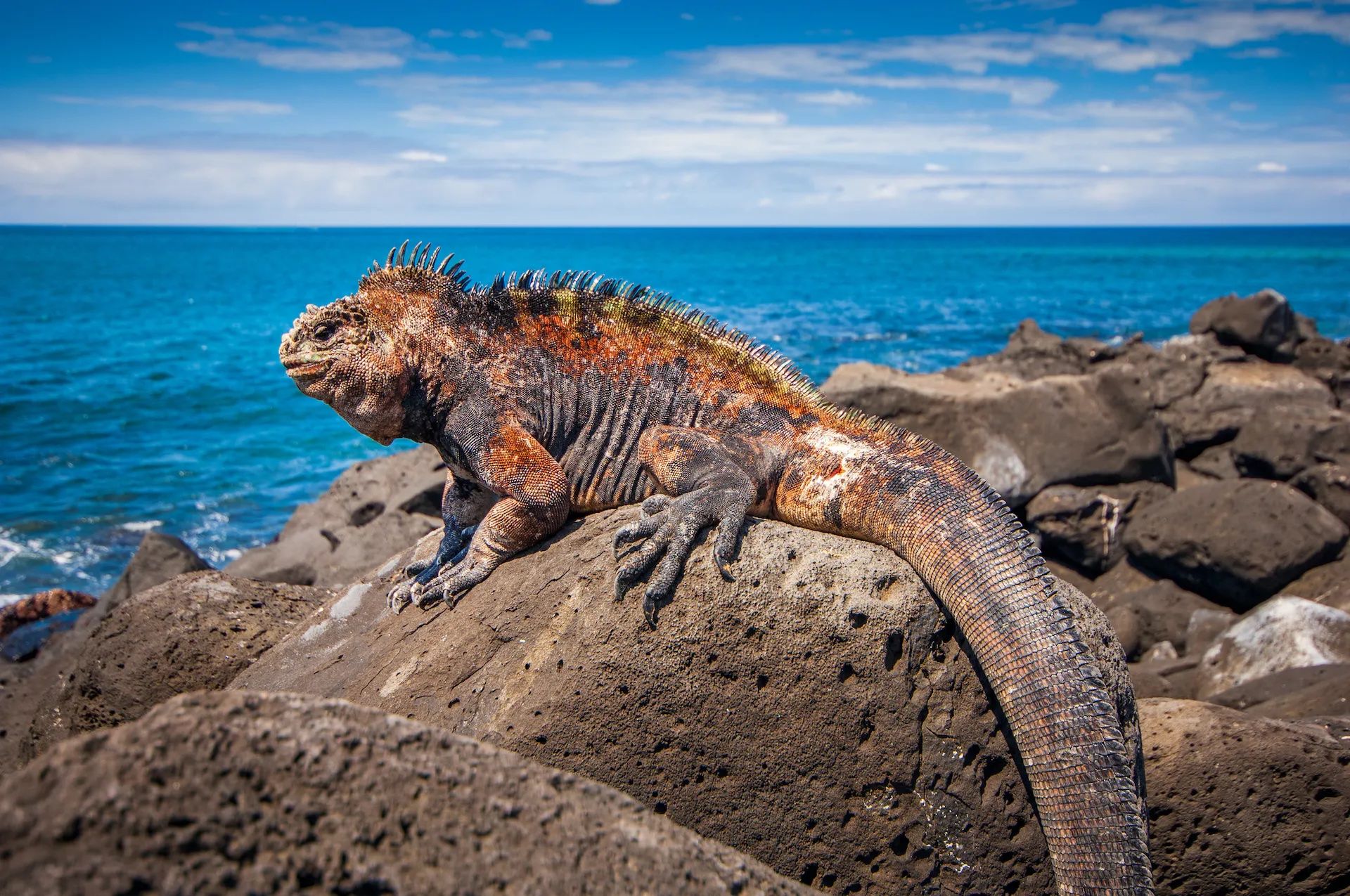On the 15th September 1835, a young naturalist named Charles Darwin stared at the shoreline of Chatham Island, one of the Galapagos Islands, from onboard the HMS Beagle. But he wasn't initially impressed by the mountains of dark volcanic rock rising dramatically from the ocean - the islands were yet to reveal their secrets.
“Nothing could be less inviting than the first appearance. A broken field of basaltic lava, thrown into the most rugged waves, and crossed by great fissures, is everywhere covered by stunted, sun-burnt brushwood, which shows little signs of life,” he wrote in his Journal of Researches (published today as The Voyage of the Beagle).
Fresh out of university, Darwin was neither an eminent scientist nor a seasoned traveller - in fact he suffered horribly from seasickness. However, he had family connections to recommend him - his grandfather, Erasmus Darwin, was a leading intellectual - and was himself described as a “Savant” who was “full of zeal and enterprise”.
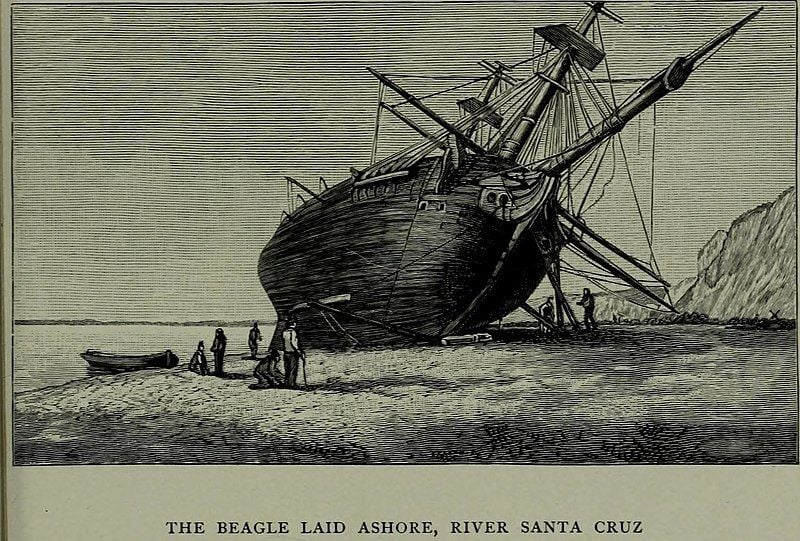
Despite the barren, inhospitable landscape, Darwin soon encountered signs of life when he began exploring.
“The scrambling over the rough surface and through the intricate thickets was very fatiguing; but I was well repaid by the strange Cyclopean scene. As I was walking along I met two large tortoises, each of which must have weighed at least two hundred pounds: one was eating a piece of cactus, and as I approached, it stared at me and slowly walked away; the other gave a deep hiss, and drew in its head. These huge reptiles, surrounded by the black lava, the leafless shrubs, and large cacti, seemed to my fancy like some antediluvian animals,” he wrote.
That Mystery of Mysteries
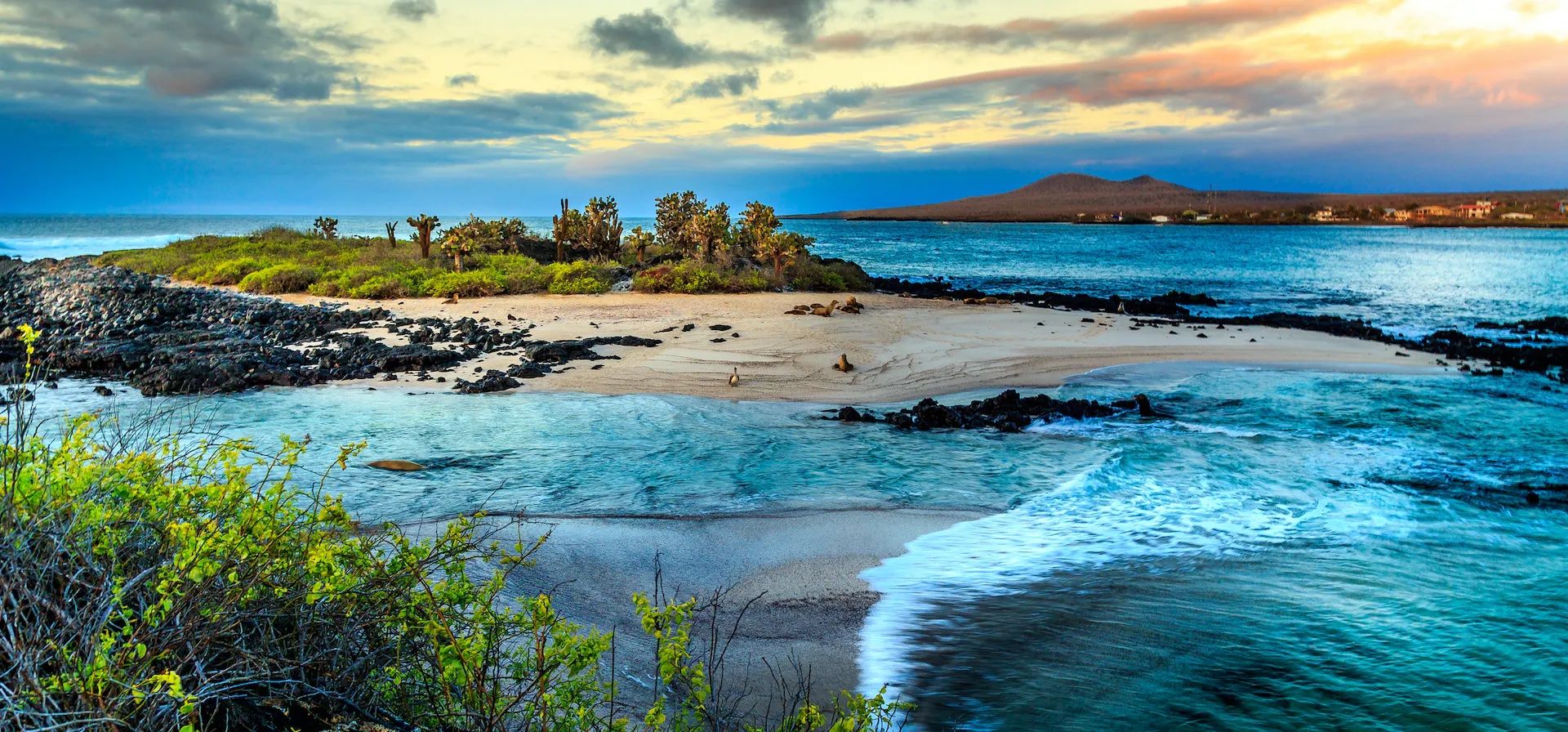
The Galapagos Islands are located around 1,000km west of continental Ecuador, and are, geologically speaking, quite young. They were formed between three and five million years ago, created by fire and cooled with saltwater. Like Hawaii, the Galapagos Islands are located over an area of hot mantle that burns through the earth’s crust in a volcanic eruption. At these hot spots, there are repeated eruptions - new lava is piled on top of old, breaking up through the surface of the ocean to create islands.
Darwin was fascinated by how life had come to this remote volcanic archipelago, which he described as “a little world within itself”, due to its geographic isolation, and the many distinct species he found there.
Both in space and time, we seem to be brought somewhat near to that great fact—that mystery of mysteries—the first appearance of new beings on this earth
“The natural history of these islands is eminently curious, and well deserves attention. Most of the organic productions are aboriginal creations found nowhere else; there is even a difference between the inhabitants of the different islands; yet all show a marked relationship with those of America, though separated from that continent by an open space of ocean, between 500 and 600 miles in width,” he wrote.
“Hence, both in space and time, we seem to be brought somewhat near to that great fact—that mystery of mysteries—the first appearance of new beings on this earth.”
The animals Darwin found on the Galapagos were distinct to those found in South America, but also unique to the islands. Animals that can only be found on the Galapagos include the Galápagos land iguana, which Darwin described rather uncharitably as “ugly animals” with a “singularly stupid appearance” and 15 species of small bird, which are now known collectively as Darwin’s finches.
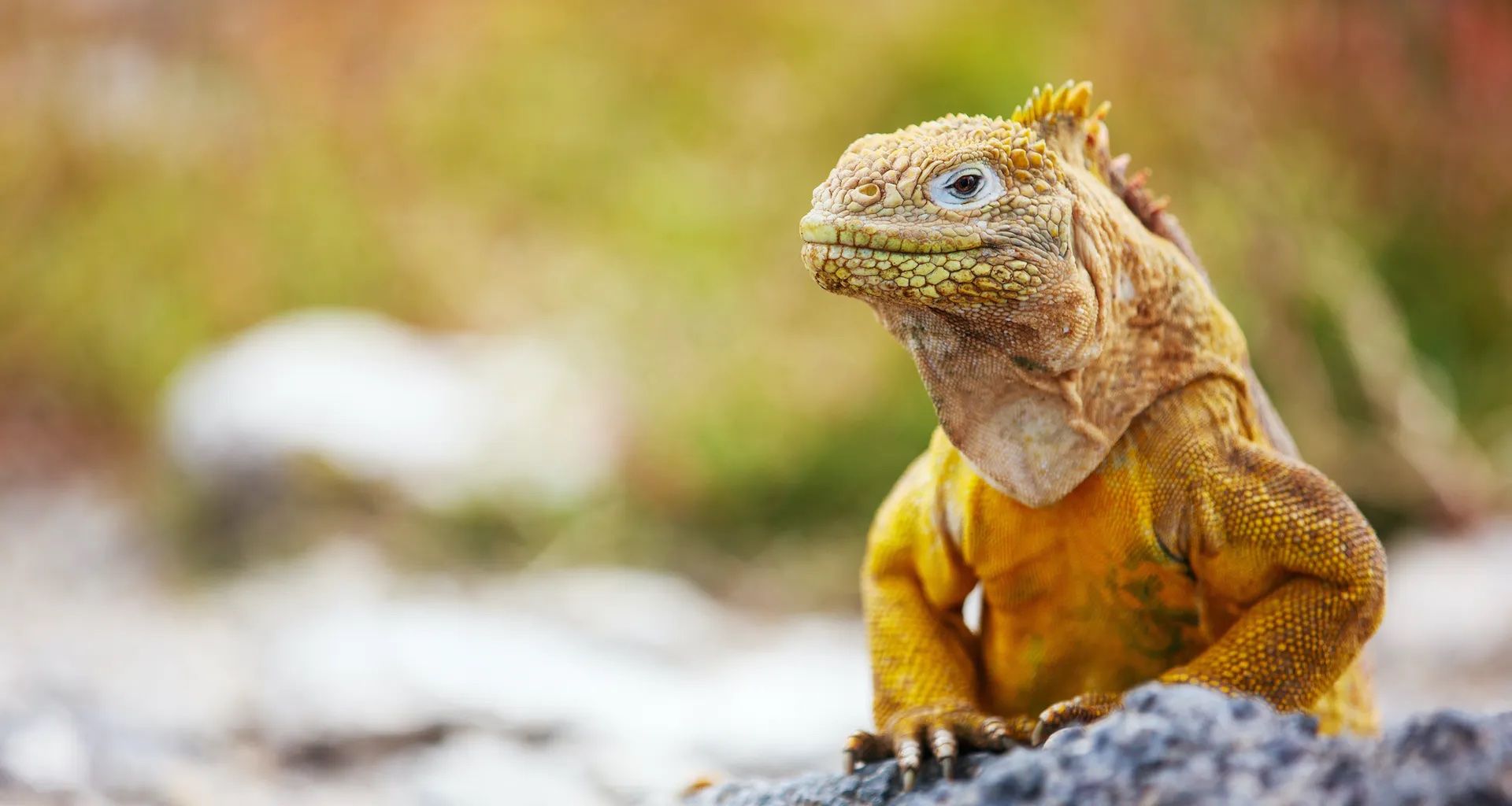
Best known is the Galápagos giant tortoise, the largest species of tortoise in the world. Male tortoises can weigh up to 227kg and females 113kg. They are also some of the longest-living invertebrates; the oldest ever recorded was aged 175 years.
While on the islands, Darwin noted that the markings on the tortoise shells differed from island to island. He also noted the similarities and differences of the finch-like birds he found on the archipelago to other species he recognised.
“Seeing this gradation and diversity of structure in one small, intimately related group of birds, one might really fancy that from an original paucity of birds in this archipelago, one species had been taken and modified for different ends,” he wrote.
Eventually, the animals that Darwin encountered on the Galapagos Islands would help inform his theory of evolution by natural selection: “one general law, leading to the advancement of all organic beings, namely, multiply, vary, let the strongest live and the weakest die,” as he wrote in the famous On the Origin of Species.
This was no ‘eureka moment’. Darwin spent years amassing evidence of his findings and kept them secret from the public for more than 20 years. This is because the idea of evolution was heretical - it challenged the concept of creationism, the belief that the adaptations of species to their environment were evidence that God had created each one for its intended place and purpose in the world. However, without his trip to the Galapagos Islands, Darwin might never have pursued this line of questioning in the first place.
Preserving Darwin’s Legacy
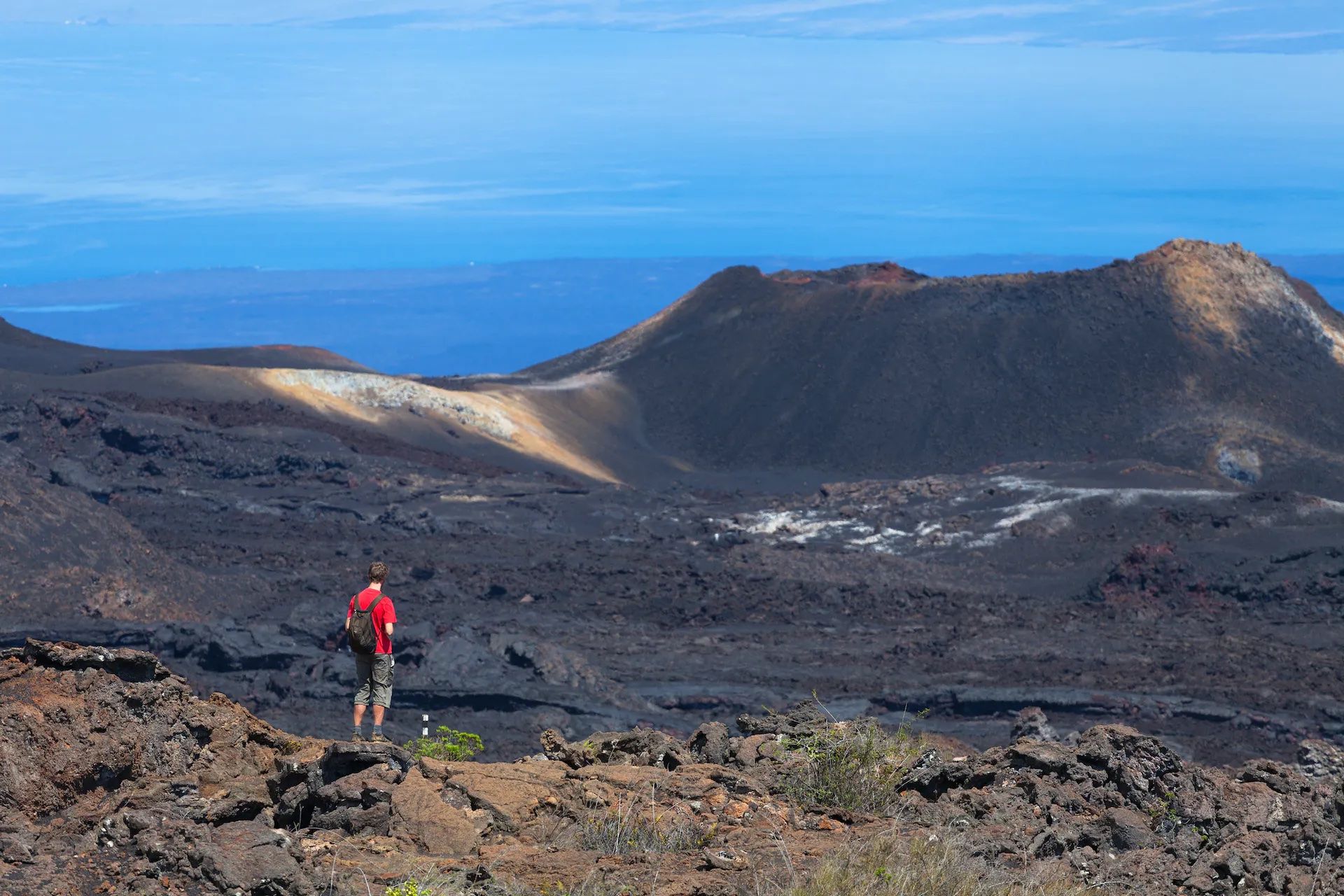
In 1835 when Darwin visited the Galapagos Islands, environmental conservation didn’t exist. In fact, Darwin and his crew feasted on the indigenous tortoise population rather than protecting them.
“While staying in this upper region, we lived entirely upon tortoise-meat: the breast-plate roasted (as the Gauchos do carne con cuero), with the flesh on it, is very good; and the young tortoises make excellent soup; but otherwise the meat to my taste is indifferent,” he noted.
The natural history of these islands is eminently curious, and well deserves attention. Most of the organic productions are aboriginal creations found nowhere else
Within 10 years of Darwin leaving the Galapagos, tortoises were extinct on Floreana island, plundered by visiting ships’ crews, competed with by a feral goat population, and their eggs being eaten by dogs and rats. And in the decades that followed more species would become extinct, due to climate change, invasive species, and the impact of human activities such as overfishing.
Luckily, scientists and environmentalists became aware of the problem, and acted to help preserve the fragile, important ecosystems of the Galapagos, which is still known as the “Living Laboratory of Evolution”.
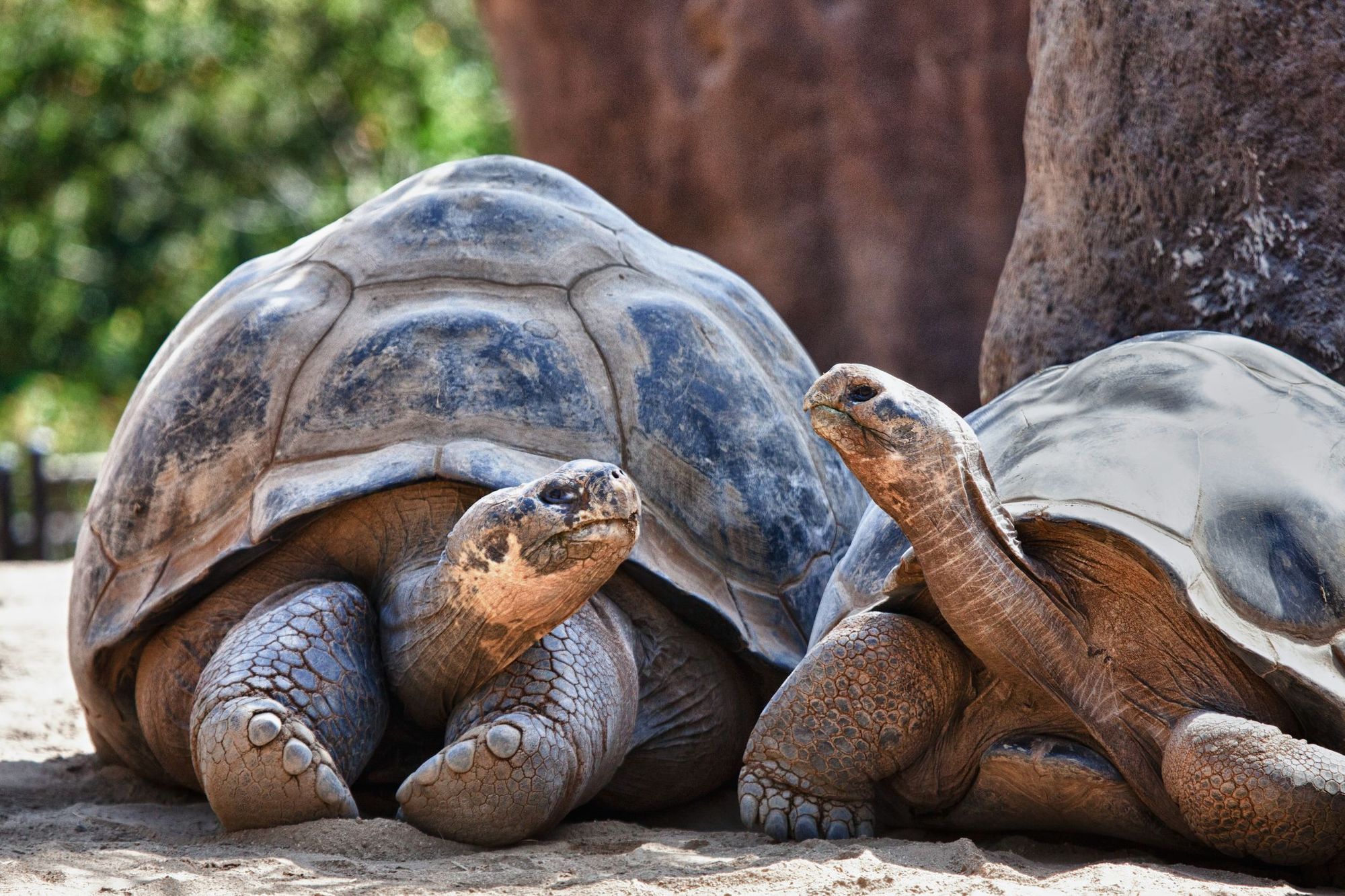
In 1964 the Charles Darwin Research Station was opened on the Galapagos Islands. Thousands of scientists have passed through its doors, working on projects helping to conserve and protect the archipelago. Tourists can visit the station to find out more - an exhibition hall showcases their 60 years of conservation work, alongside natural history collections of the specimens that make the archipelago so important.
These huge reptiles, surrounded by the black lava, the leafless shrubs, and large cacti, seemed to my fancy like some antediluvian animals
A year later, the Galapagos Conservancy was established, and devoted itself to restoring and rewilding the archipelago. Over the past six decades it has conducted one of the most successful endangered species rewilding efforts in history - rearing over 10,000 giant tortoises and releasing them into the wild.
If you visit the archipelago today, you can follow in the footsteps of Darwin. You can sail from island to island, keeping an eye out for marine life like the Galapagos fur seal. Visit the El Chato Giant Tortoise Reserve on Santa Cruz Island, to see these remarkable creatures in their natural habitat. Embark on a “very rough walk over a rugged field of recent lava” by hiking over Lava Nueva, an eerie volcanic landscape on Isabela Island. The only thing we suggest you don’t copy from Darwin is his rampant consumption of tortoises.
Inspired? Check out our Island Hopping Adventure in the Galapagos Islands and our Ultimate Galapagos and Amazon Adventure.
Looking for more? You might like our Galapagos Wildlife Guide. Learn about the endemic species of the Galapagos as well as the best months to try and spot them!


